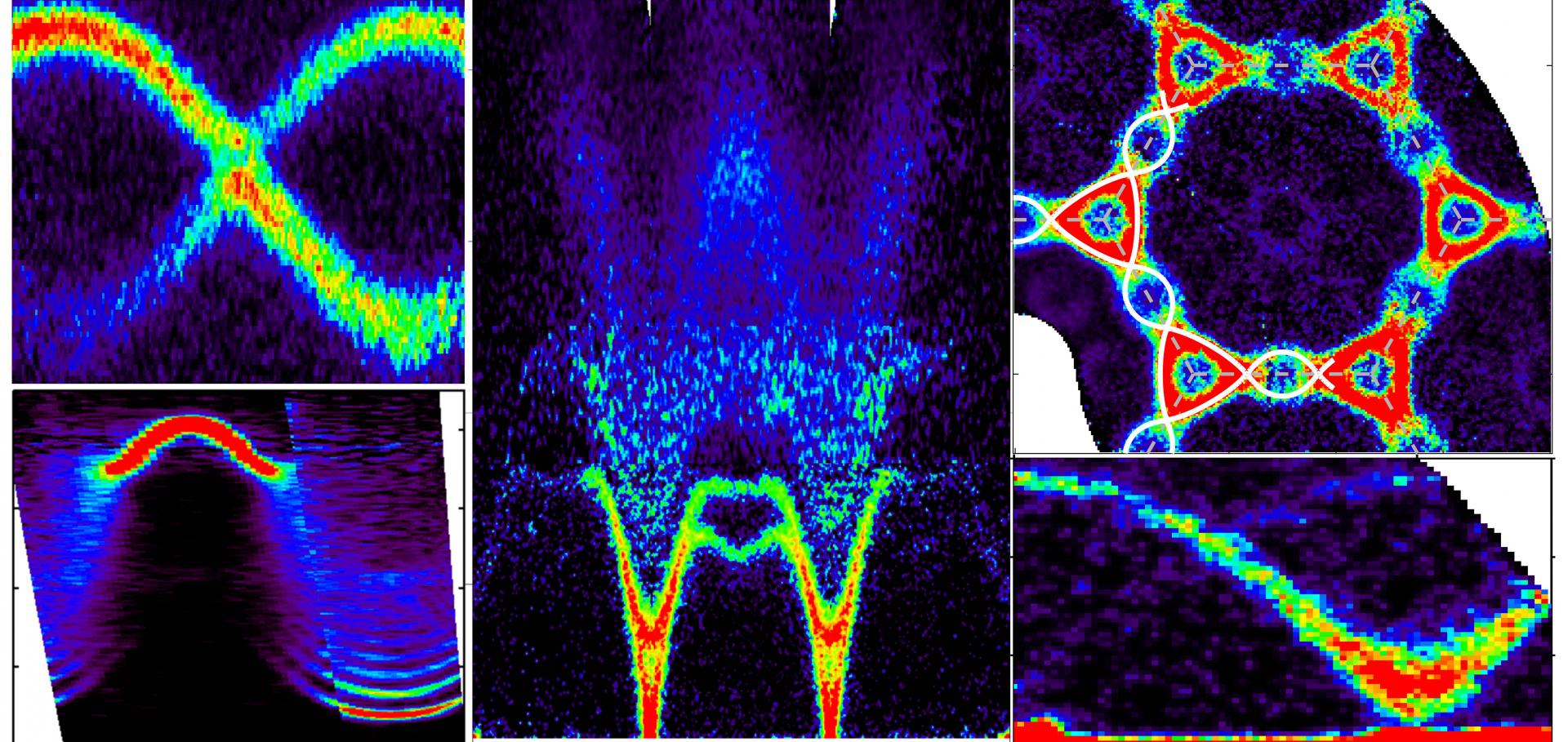Crystal growth of Nax CoC2 under different atmospheres
Journal of Crystal Growth 271:1-2 (2004) 74-80
Abstract:
We have investigated the optimum conditions for the growth of Na xCoO2 single crystals by the optical floating-zone technique. A significant reduction in Na loss, was achieved by using a high-pressure growth atmosphere. A high-pressure oxygen-rich atmosphere during crystal growth was found to reduce the presence of CO3O4 impurity phase in the grown crystal. The magnetic properties of powder and single crystal samples were measured by superconducting quantum interference device (SQUID) magnetometry and found to vary according to the preparation conditions. © 2004 Elsevier B.V. All rights reserved.Temperature Dependence of the Magnetic Susceptibility for Triangular-Lattice Antiferromagnets with spatially anisotropic exchange constants
ArXiv cond-mat/0410381 (2004)
Abstract:
We present the temperature dependence of the uniform susceptibility of spin-half quantum antiferromagnets on spatially anisotropic triangular-lattices, using high temperature series expansions. We consider a model with two exchange constants, $J_1$ and $J_2$ on a lattice that interpolates between the limits of a square-lattice ($J_1=0$), a triangular-lattice ($J_2=J_1$), and decoupled linear chains ($J_2=0$). In all cases, the susceptibility which has a Curie-Weiss behavior at high temperatures, rolls over and begins to decrease below a peak temperature, $T_p$. Scaling the exchange constants to get the same peak temperature, shows that the susceptibilities for the square-lattice and linear chain limits have similar magnitudes near the peak. Maximum deviation arises near the triangular-lattice limit, where frustration leads to much smaller susceptibility and with a flatter temperature dependence. We compare our results to the inorganic materials Cs$_2$CuCl$_4$ and Cs$_2$CuBr$_4$ and to a number of organic molecular crystals. We find that the former (Cs$_2$CuCl$_4$ and Cs$_2$CuBr$_4$) are weakly frustrated and their exchange parameters determined through the temperature dependence of the susceptibility are in agreement with neutron-scattering measurements. In contrast, the organic materials are strongly frustrated with exchange parameters near the isotropic triangular-lattice limit.Temperature Dependence of the Magnetic Susceptibility for Triangular-Lattice Antiferromagnets with spatially anisotropic exchange constants
(2004)
14pWG-9 S=1/2 擬 2 次元三角格子 Cs_2CuBr_4 の磁気励起(量子スピン系 : 一次元及び二次元, 領域 3)
(2004) 406
From incommensurate to dispersive spin-fluctuations: The high-energy inelastic spectrum in superconducting YBa2Cu3O6.5
ArXiv cond-mat/0408071 (2004)


